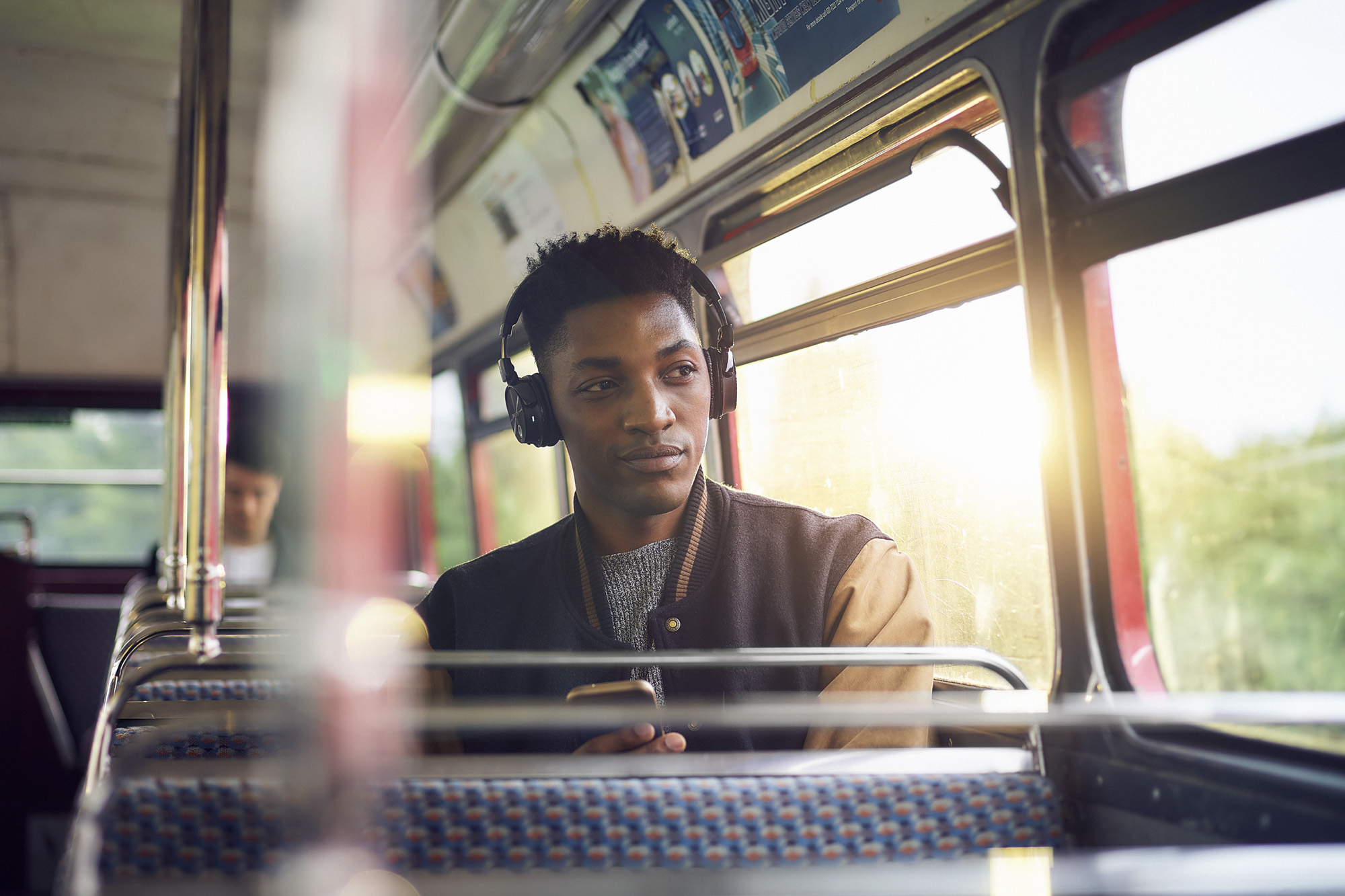
The world of radio has enhanced accessibility beyond traditional broadcasting platforms. Evaluating the tech-savvy transformation of Irish radio is essential for seeing the history of radio and how it’s continually evolving.
While listening to your favorite local radio stations, you can spectate your favorite sport to relax and maybe even place a wager on NetBet Sport if you are feeling adventurous. Remember to strategically place your wagers for an overall enhanced experience in the betting space.
A Historical Snapshot: Irish Radio’s Legacy
Irish radio built its legacy on the most popular commercial FM radio stations including RTÉ Radio 1, Today FM, and 98FM. The growth of these stations has shaped the cultural landscape in the Irish radio space while providing soundtracks to many locals over the years.
The age of Irish radio mainly began in the 1920s as Irish state broadcaster RTÉ became established. Fast forwarding to the golden age of FM radio in the 1980s and 1990s, radio has continued to connect Irish communities and even those worldwide.
Advancing to modern-day radio solutions including podcasting and streaming services, traditional FM radio stations have now adapted to an increasingly tech-savvy audience. These listeners now want the overall accessibility and flexibility to listen to the content they desire on-demand.
The Rise of Digital Platforms
Transforming from analog FM stations to digital music streaming platforms has been the hallmark of overall change in Irish radio trends. Adopting Internet radio and smartphone usage throughout the country has given Irish locals the power to tune into the music they want to listen to at any time, anywhere from their smart devices.
Podcasting has received the most attention as digital platforms have advanced their radio broadcasting services. Irish broadcasters are analyzing what subjects local audiences want to listen to and refining their podcasts to dedicate to niches that audience members will love. From true crime podcasts to sports segments to comedy skits, many types of podcasts are available for listeners worldwide to hear.
The Rise of Social Media and Audience Engagement
Radio stations have enhanced their audience base by publishing content and notifications about their broadcasts on social media platforms like Facebook, X, TikTok, and Instagram. Instituting live streams on these platforms helps listeners to tune in other ways than just turning on their radios at home or in their vehicles.
By promoting live events and sharing exclusive content, radio stations are constantly attracting new audiences turning in from live streams or radio handles. Hence, listeners can feel more connected to the hosts of these radio stations as they answer calls, texts, and social media comments in real-time.
Interactive Features and Personalization
During these live streams, listeners can submit interactions with the hosts to interact with them in real-time. Whether it’s answering a live stream poll or answering a question the radio station has with a call, text, or social media comment, these interactive features are helping audiences to remain connected to their favorite local radio stations in more ways than one.
When a host answers an audience member’s question or acknowledges their comment, it makes listeners feel more involved in the live stream. Plus, personalization on digital platforms via AI-driven algorithms is helping audience members get connected to music, podcasts, and audio shows based on their listening preferences. Hence, broadcasters must now enhance their targeted content to attract more of an audience to meet these changing personalization demands.
Future Outlook: AI, Smart Devices, and Virtual Radio
The future of Irish radio stations will continually advance with enhancements in AI and smart device performance. Voice-activated assistants like Amazon Alexa, Apple’s Siri, and Google Voice Assistant have helped listeners take command of how they connect with music, podcasts, and radio stations. These smart assistants seamlessly integrate with streaming services to give listeners what they want at the command of their voice.

